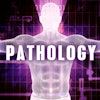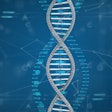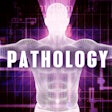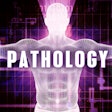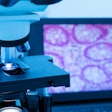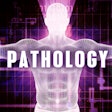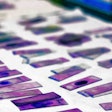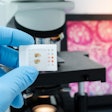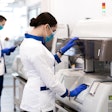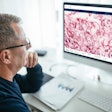Dear LabPulse Member,
Amid concerning new reports of the novel coronavirus spreading in countries such as Iran and Italy, officials at the World Health Organization have nevertheless been reluctant to label the outbreak as a "pandemic" and are hoping to avoid global panic. Instead, they are urging preparedness in countries around the world.
In the U.S., that presents a challenge when it comes to testing. Only one test is authorized for emergency use by the Food and Drug Administration (FDA): the diagnostic developed by the Centers for Disease Control and Prevention (CDC).
The CDC shipped its tests to all U.S. states early this month, but problems with reagents have been reported and, consequently, assays have been validated in only four states. CDC officials are stressing the quality of the agency's own testing and noted that there currently is no backlog in processing tests. Meanwhile, the Association of Public Health Laboratories is pressing the FDA to allow certain government laboratories to create and implement a laboratory-developed test.
Other recent reports on the novel coronavirus include the following:
- Coronavirus may transmit through asymptomatic carriers
- CT imaging outperforms DNA testing for early diagnosis of COVID-19
With only a small number of cases reported so far in the U.S., the likelihood of SARS-CoV-2 shaking up healthcare workplaces is still uncertain. A more pressing and prevalent concern in U.S. labs is burnout, according to just-published survey data from the American Society for Clinical Pathology. Workload is a key factor underlying the problem, which threatens to cause professionals to leave the industry, according to reports about the data.
Could digital pathology and artificial intelligence (AI) help ease the load? Perhaps, though investments need to be made upfront. IT consultant Michael J. Cannavo wrote a two-part series for LabPulse.com on the potential for shared imaging infrastructure across clinical departments to make digital pathology more feasible. In the first article, he explained the adoption of digital pathology to date and the costs involved, and in the second article, he reviewed potential benefits for efficiency, productivity, and patient care.
But while AI could be a great adjunct for making an interpretation, nothing beats the trained eye and skillset of a pathologist, Cannavo noted.



